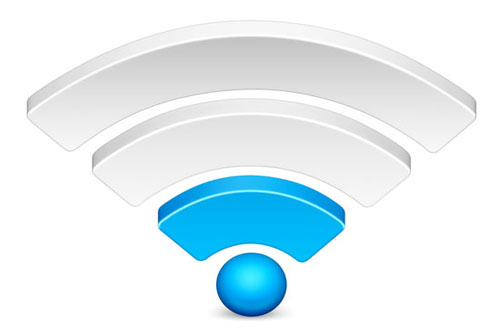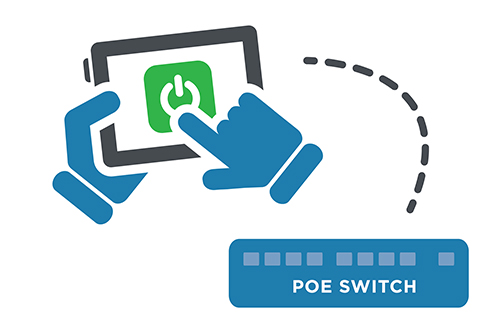
5G is coming. Will you be ready? To help prepare you, we recently sat down with our resident expert, Managing Director of Eagle Eye Networks Europe/Middle East/Africa/India (EMEAI) operations, Rishi Lodhia, who shares his vision of 5G and what it will mean to business, and more specifically, the video surveillance industry.
What is 5G?
Lodhia: 5G is the fifth and next generation of mobile communication technology. Experts say the fastest 5G networks will be at least 10 times faster (some say 20 times faster) than 4G LTE. It has already launched, though on a small scale, and is being predominantly driven by the need to connect more devices and collect more data in real time. The new technology is expected to propel transformative, innovative technologies, for both the consumer and business markets.
What’s all the hype?
Lodhia: The big story around 5G is its computing speed. It is much faster than 4G and has greater bandwidth, enabling it to handle more connected devices. And latency is extremely low, meaning there’s minimal delay between the time a connected device makes a request from a server and gets back a response. In addition, the higher bandwidth enables big data to be pushed up to the cloud, which in turn, makes artificial intelligence (AI) and supercomputing vastly more available and effective.
What does this mean for business?
Lodhia: 5G will help make businesses more efficient, robust, and innovative and give consumers seemingly unlimited access to information faster than we can imagine today. One industry that will certainly benefit is automotive. In fact, smart cars are really driving the demand for 5G, because they rely on the ability to push large amounts of data to the cloud very fast, with extremely low latency. Other sectors that rely on 5G include those that are increasingly cloud connected and data driven, like smart cities, smart factories, and industrial IoT – think freight trains, cargo ships, oil rigs, and construction sites – that need to have billions of devices connected simultaneously.
What does 5G mean for the video surveillance industry, specifically?
Lodhia: 5G presents tremendous opportunity for the video surveillance industry. It gives us the ability to pull video and data from countless devices – so, not only from fixed video security cameras, but also mobile video devices like body cams (on bus drivers, train conductors, Uber Eats drivers) and video drones, which will be particularly powerful for end users such as farmers, oil and gas companies drilling remotely, marinas, and sporting arenas. We will be freed from fixed-location cameras; moving objects can have cameras now. Mobile cameras will be as predominant in the future as mobile phones are today. 5G will absolutely take “autonomous” security to the next level.
What benefits will it afford the video surveillance industry?
Lodhia: With 5G each video surveillance device can have its own connectivity to the cloud, so there’s no local interference – which is game changing from a cybersecurity perspective. In addition, 5G frees users from all the hassles associated with connectivity and bandwidth. On the backend you could be working with multiple connectivity providers – like your cellphone when it’s on roaming. Also, if you wire your devices and the fixed network fails, you can use the 5G network as a reliable and capable backup.
And, probably most exciting, we can apply artificial intelligence (AI) to the large volumes of data being sent to the cloud with low latency, and quickly send back relevant, actionable intelligence. This will foster the rise of “autonomous security,” which is essentially technology (for example, automated robots and drones) that can perform various security and surveillance operations, including monitoring, investigating, and reporting.
Are there any drawbacks to 5G?
Lodhia: At the moment, few devices have 5G and the infrastructure isn’t fully baked. However, IoT device manufacturers are currently investing in producing products with 5G, and countries are competing to be the first to offer it nationwide. Widespread adoption could take years, but if we’re not working towards it today, we’ll be late to the game.
Other posts that might interest you

Remote storage: low-bandwidth installs
We received an alert that our equipment had lost connection to the internet. As soon as got the alert we also got the preview image for the second it was…
April 25, 2014
Managed PoE Update
The Eagle Eye Managed PoE Switches and Bridges can now allow users to remotely power cycle cameras directly from the Eagle Eye Reseller Dashboard. This new feature will save Eagle…
July 5, 2017
Understand How Video Surveillance Bandwidth Management Works
Balancing the amount of bandwidth available with the number of cameras and desired retention time is key to successfully using the Cloud for your video surveillance management. Understanding your metrics…
April 15, 2020








